Air Pollution and Health
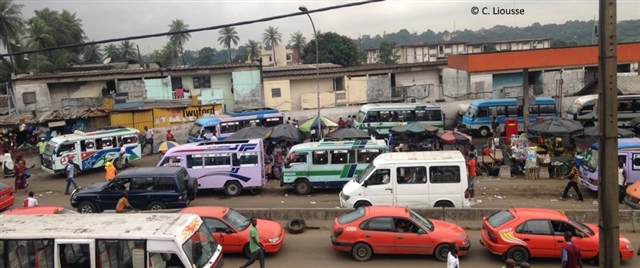
Overview:
Urbanisation is a strongly emerging issue in West Africa, for a number of factors: explosive population growth in sub-Saharan countries (world’s highest percentages of young people), rural depopulation, urban concentrations of activities, rapid development of oil extraction and mining industries, lack of regulations, particularly in the sanitary and environmental domains. This has resulted in the rapid development of "urban ecosystems" which, in Africa, unlike Europe, North America and Asia, have received very little attention.In this context, the main West African emission sources are anthropogenic, such as domestic fires, fossil fuel sources with unregulated traffic and industries, savannah fires, waste burning and road dust associated to natural sources (with desert dust, soil emissions, animal dung..). Regarding effects on atmospheric chemistry, this results in an inordinate surge in particle and gas emissions into the atmosphere within cities with unexpected high pollution levels, increased by intense photochemical conditions as well. Short-term and long-term human exposition to this pollution is extremely harmful to health with various clinical manifestations (including lung inflammations and many affections such as asthma), changing following the type of pollution mixture and/or types of sources emissions. Quantification of these anthropogenic emissions, resulting in air pollution and consecutive health impacts are still poorly known.
Science Activities:
Objectives
WP2 work package aims to link emission sources, air pollution and health impacts in terms of lung inflammation and related diseases over representative differentiated urban sources in South West Africa (SWA): traffic, domestic fires and waste burning in Abidjan (Ivory Coast), and two-wheel vehicle traffic in Cotonou (Benin). The fundamental research is centered on the following key scientific questions:- What is the link between long-term exposure of gases and particles and analysis of hospital admissions for respiratory diseases for the main combustion sources prevailing in SWA ?
- What is the link between aerosol size differentiated composition and inflammation markers for the main combustion sources prevailing in SWA during dry and wet seasons?
- What is the toxicity of SWA combustion aerosols particularly for oxidative stress measured in vitro and from aerosol pro-oxydant potential?
- What is the link between aerosol exposure and aerosol dose within the respiratory tract?
- What are SWA aerosol and gas emissions for present and future (2030 and 2050) scenarios?
- How to relate « emission source and related exposure » to « inflammation risks » and « emission source and related exposure » to « diseases »?
- What is the best way to mitigate the emissions to reduce health impacts?
Scientific results and achievements
- New regional inventory for anthropogenic combustion emissions for gases and particles for 1990–2012, a new waste burning emission inventory and a satellite-based flaring emission inventory.
- Network of ground sunphotometer measurements over the DACCIWA domain show aerosol optical depth maximum during the dry season due to dust and good correlations with MODIS satellite data.
- Modelling for the year of 2030 shows that reducing the aerosol combustion emissions by a factor of 2 will decrease excess mortalities by a factor of 3.
- Highest NO2 and PM2.5 mass concentrations for domestic fire site with higher values during the wet season, possibly due to worse combustion using wet wood. Other sites show maxima during the dry season. PM2.5 concentrations often exceed WHO norms, but rarely do those for NO2.
- Spatial distributions of gases from 21 sites in Abidjan for the 2015/2016 dry season. Downtown NO2 concentrations typically range from 15-25 ppb, while. ammonia is more variable.
- Organic carbon and dust particles are the two most important contributors for the ultra-fine and fine particle sizes with more organic carbon in Abidjan and dust particles in Cotonou, respectively.
- PM from domestic fire is the most reactive to induce a proinflammatory response, especially the ultra-fine fraction. Ultra fine particles from traffic induce a dose-dependent IL-6 release in contrast to PM from waste burning irrespective of size.
Field Activities:
WP2 team is engaged in four intensive campaigns, two during the wet season (July 2015/2016) and two during the dry season January 2016/2017). The campaings focus on the 4 sites representative of the main specific SWA combustion sources: traffic at Adjamé site in Abidjan (Côte d’Ivoire) and at Dantokpa site in Cotonou (Benin), domestic fires at Yopougon site (Abidjan) and waste burning at Akouedo (Abidjan).
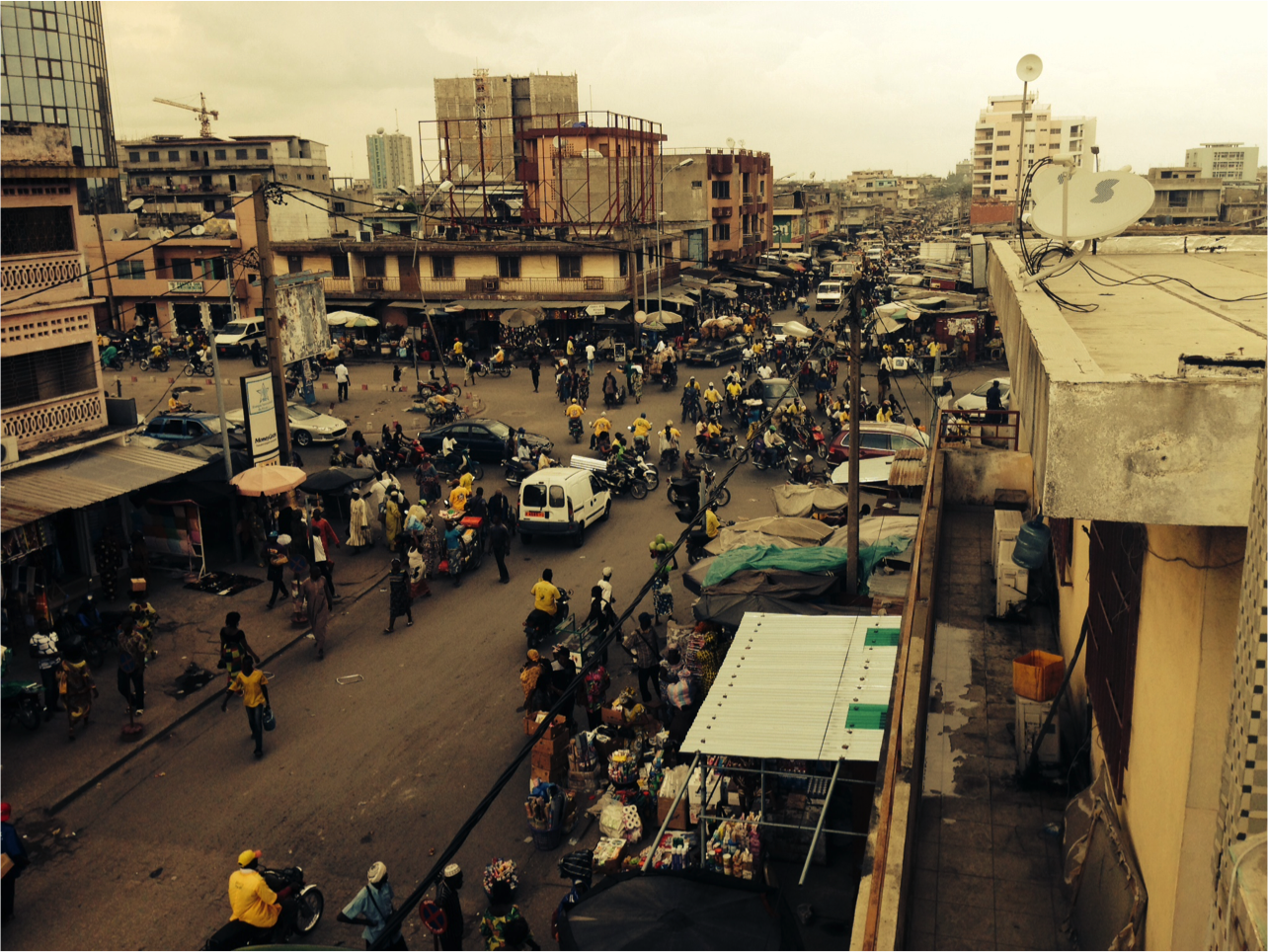
Field site in Cotonou's Dantokpa market to measure traffic emissions.
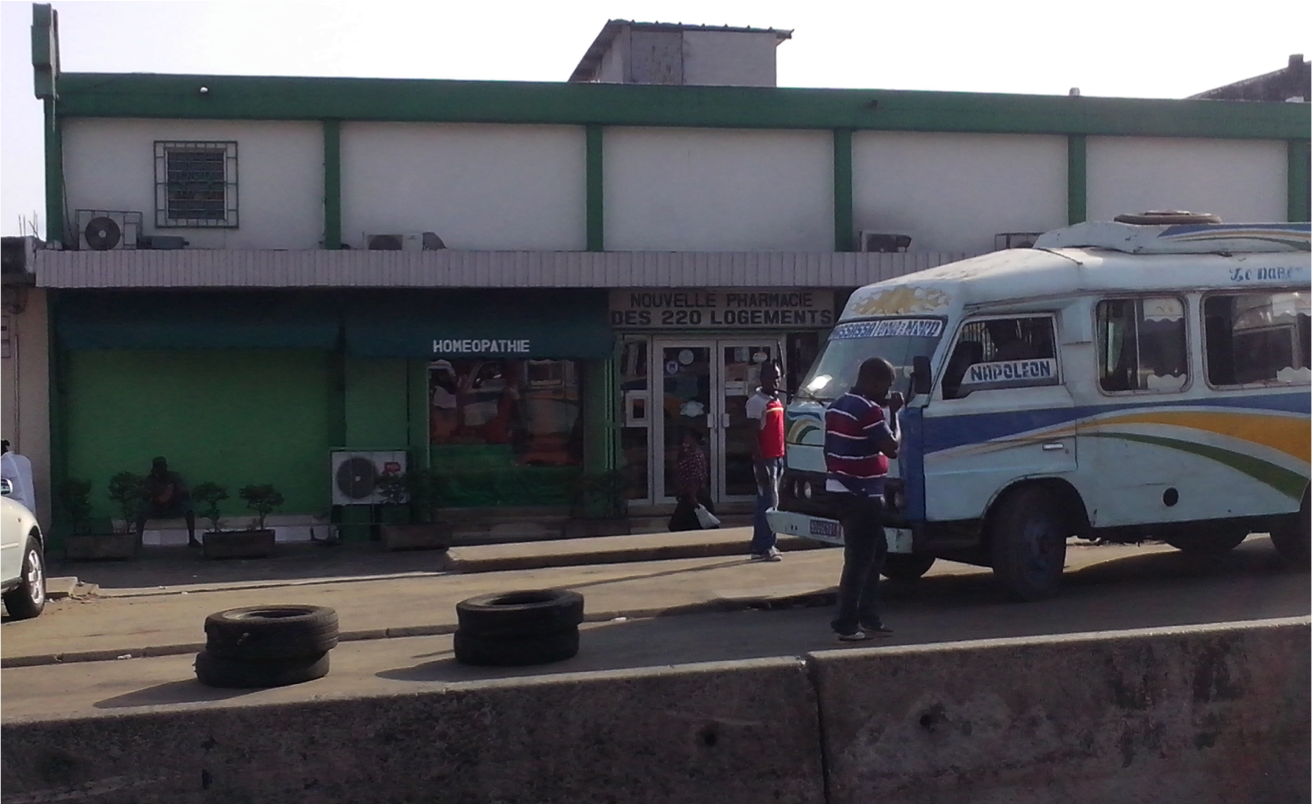
Field site in Abidjan to measure traffic emissions.
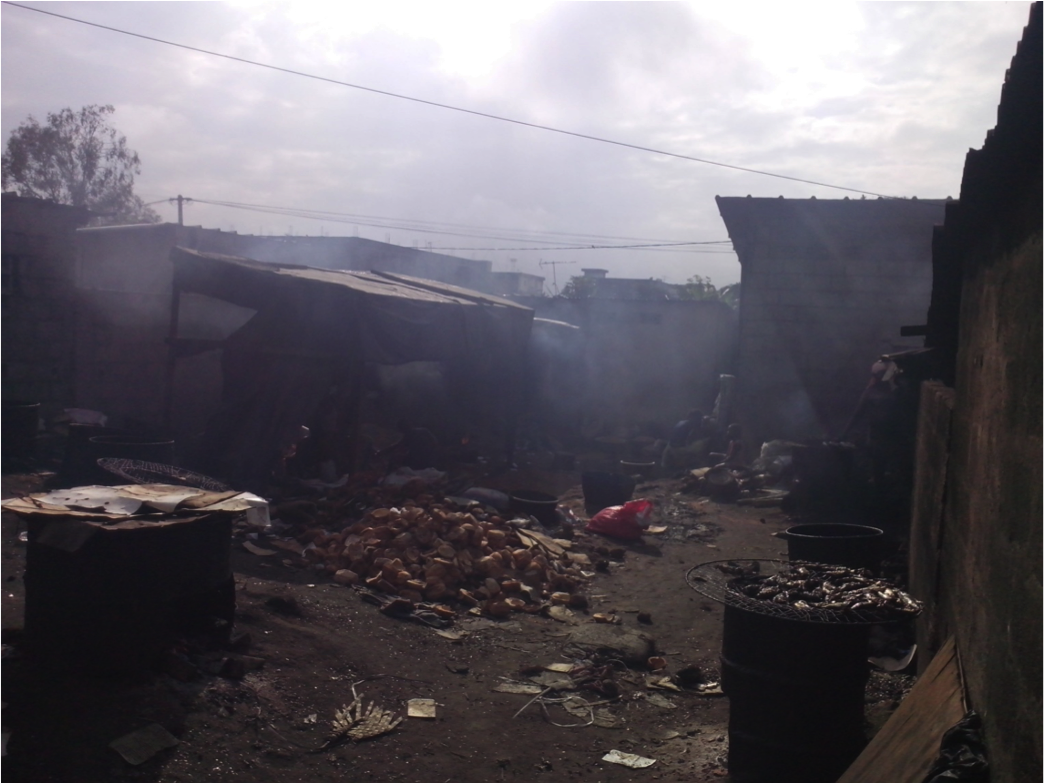
Field site at Bracody market at Yopougon, Abidjan, Ivory Coast to measure domestic emissions
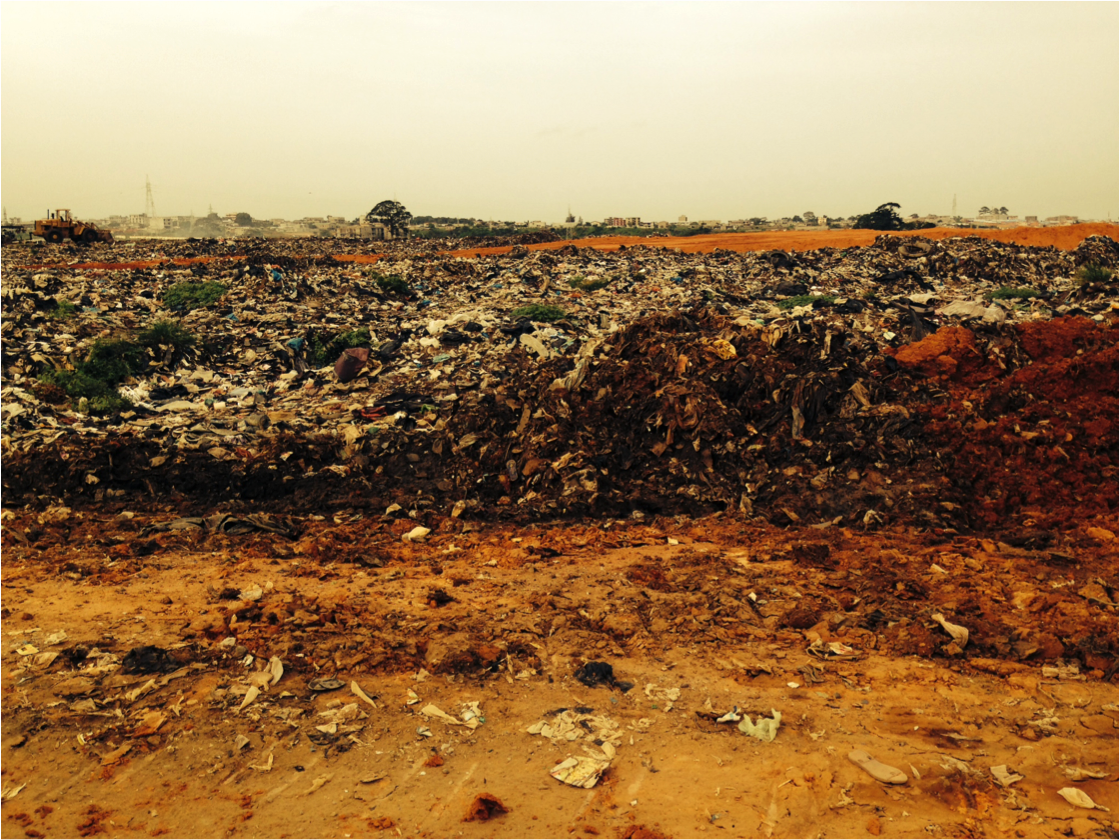
Field site at Bracody market at Akouedou, Ivory Coast to measure waste burning emissions
Models:
The regional climatic model RegCM will be used for simulations of atmospheric composition related to anthropogenic emissions, and implications on population health. A particle dosimetry model will be used for determining aerosol concentrations in the respiratory tract.Project Lead:
Dr Cathy Liousse - Catherine Liousse ∂does-not-exist.aero obs-mip fr
Universite Paul Sabatier Toulouse III / CNRS
14 Avenue Edouard Belin, 31400 Toulouse, France
France
http://www.aero.obs-mip.fr
Other Partners:
- UPMC
- Université Paris-Diderot, Paris.
- Institut Pasteur, Abidjan, Ivory Coast
- Université of Abidjan, Ivory Coast
- Université of Cotonou, Benin
- University of York (Ally Lewis)